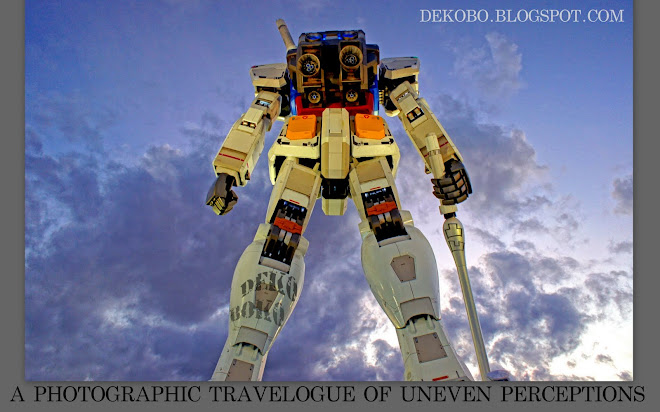
Sorakuen Garden is the only traditional Japanese landscape garden among the city parks of Kōbe. Constructed at the end of Meiji era, it was originally a private residence of the father of former Kōbe mayor Kenkichi Kodera, and was later donated to the city in 1941. This past weekend was an annual evening viewing event at the garden, where candles are placed throughout the grounds and all the buildings are cast with lights, so visitors might enjoy the sites in the cooler evening hours. One of the most impresive buildings in the garden is the Kawagozabune, seen here in the foreground. Originally it was part of a houseboat used for cruises by a feudal lord of Himeji. It’s thought to have been constructed in the late 1600’s. All sections have been treated with lacquer. The ends of the beams and rafters are decorated with gold leaf. It is also the last “kawagozabune” in existence.








































